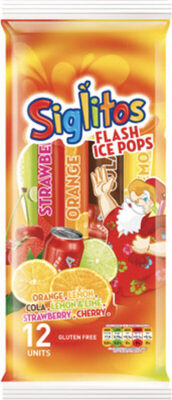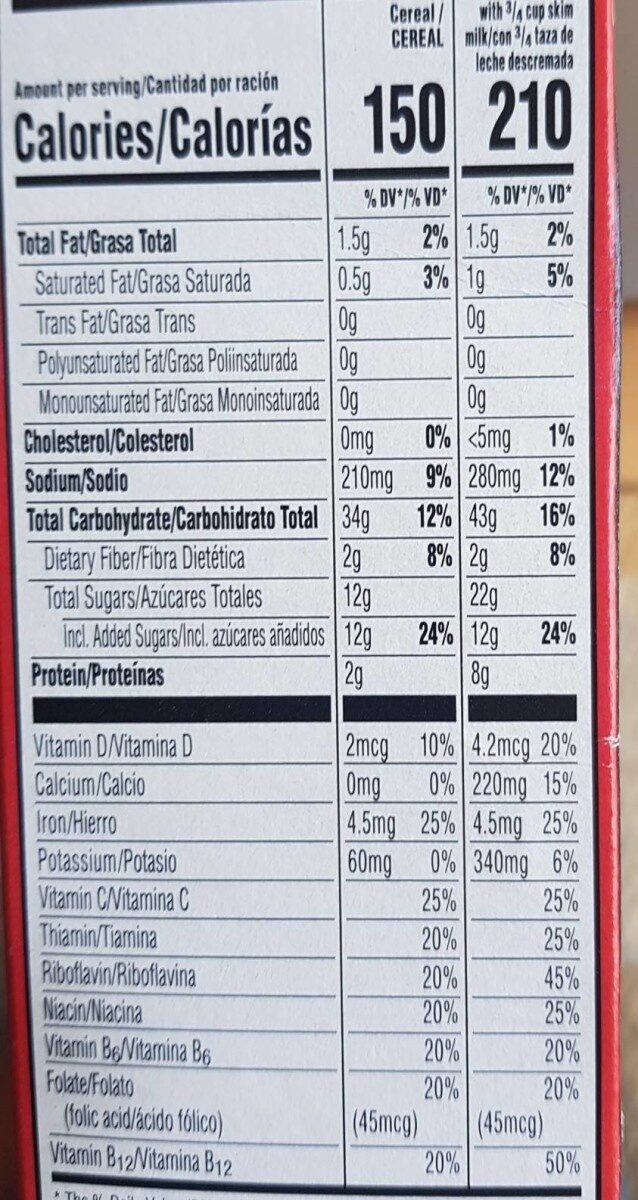Flash ice pops - siglitos
This product page is not complete. You can help to complete it by editing it and adding more data from the photos we have, or by taking more photos using the app for Android or iPhone/iPad. Thank you!
×
Barra-kodea: 8413402660000 (EAN / EAN-13)
Markak: Siglitos
Kategoriak: en:Desserts, en:Frozen foods, en:Frozen desserts, en:Ice pops, en:Congelados, en:Helados de hielo, en:Postres, en:Postres helados
Etiketak, ziurtagiriak, sariak: en:No gluten
Saltzen diren herrialdeak: Frantzia, Espainia, Erresuma Batua
Matching with your preferences
Ingurumena
Carbon footprint
Ontziratzea
Transportation
Report a problem
Datuen iturria
Product added on by openfoodfacts-contributors
Last edit of product page on by sebleouf.
Produktuaren orria -gatik editatua autorotate-bot, elcoco, kiliweb, musarana, org-app-elcoco, roboto-app, thaialagata, vegan-app-chakib, yuka.R3A0ckU2c2d0dWtBb2RwZzlBL1crZkoyeVpPZ1gwcXRLYklXSWc9PQ, yuka.UbtrLtqBAuEOPvDb0aMx5h2dNL_7INp-R04Mog, yuka.VrRhNuepI_csHcPY0b9q_xWwD_25OuFQG3hUow, yuka.sY2b0xO6T85zoF3NwEKvlhdnXsLGizHkbSTWlX-Tx-aiHMPCZMFpx5DqHas, yuka.sY2b0xO6T85zoF3NwEKvlkZsAsjRs2n8PjPTl0yg5uuXLL71PMpy56PeLqg, yuka.sY2b0xO6T85zoF3NwEKvlmVGfd_hhiLuGEbtm0eN5dKUFMHCffNwyK7zGao.










